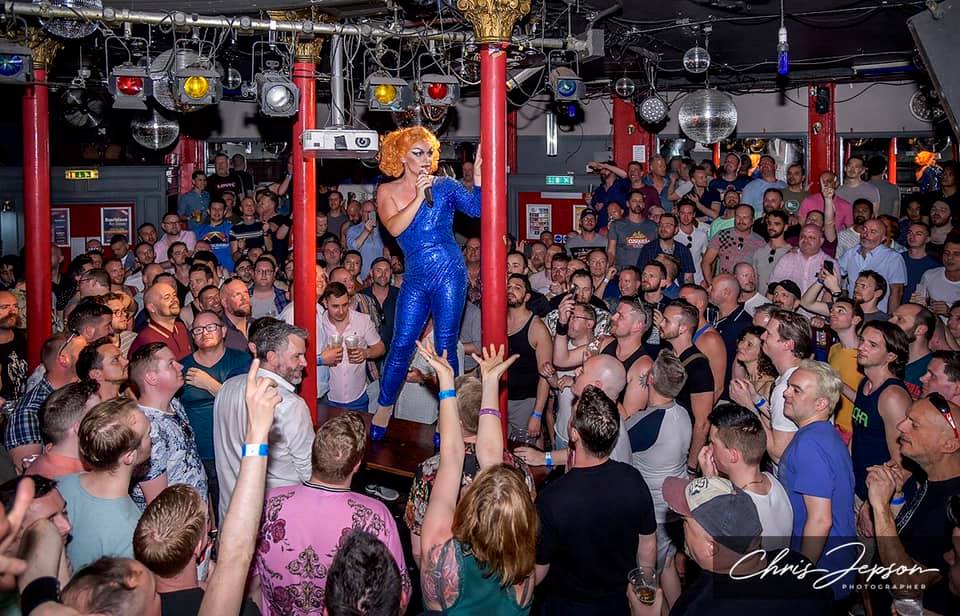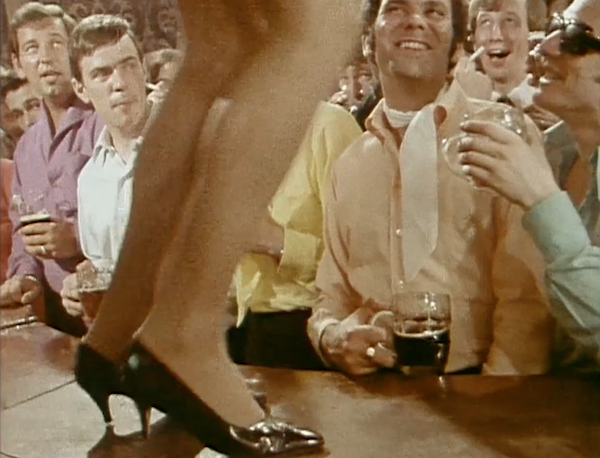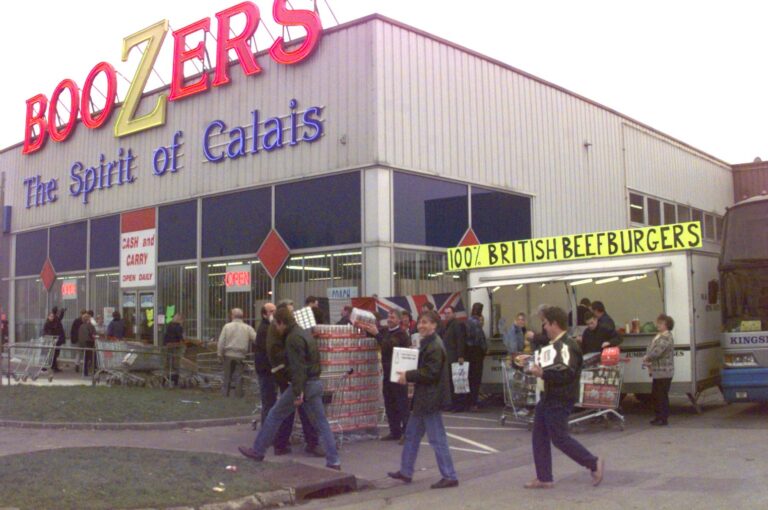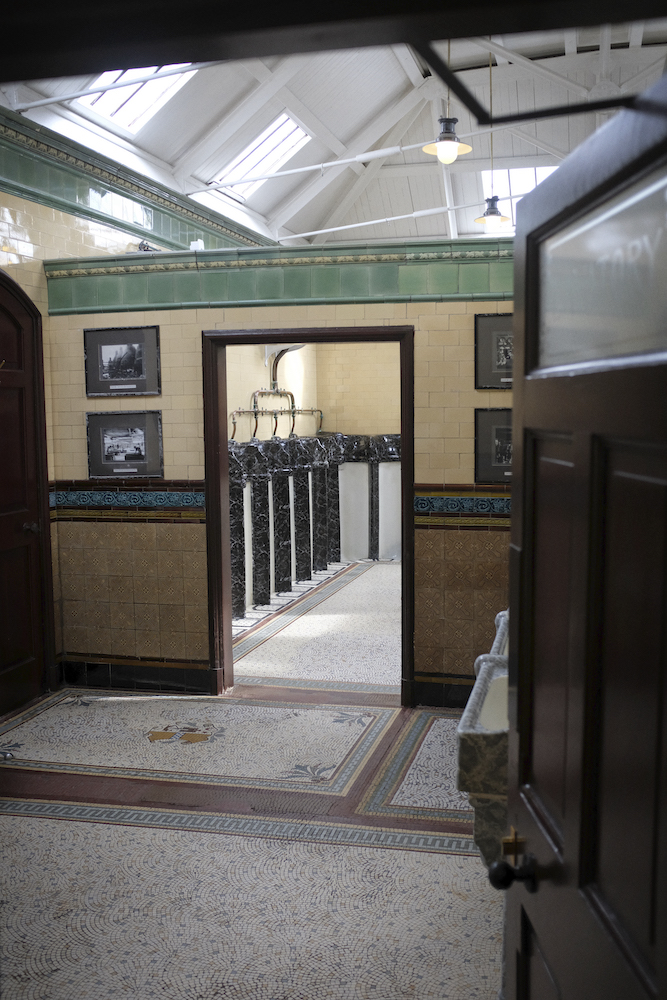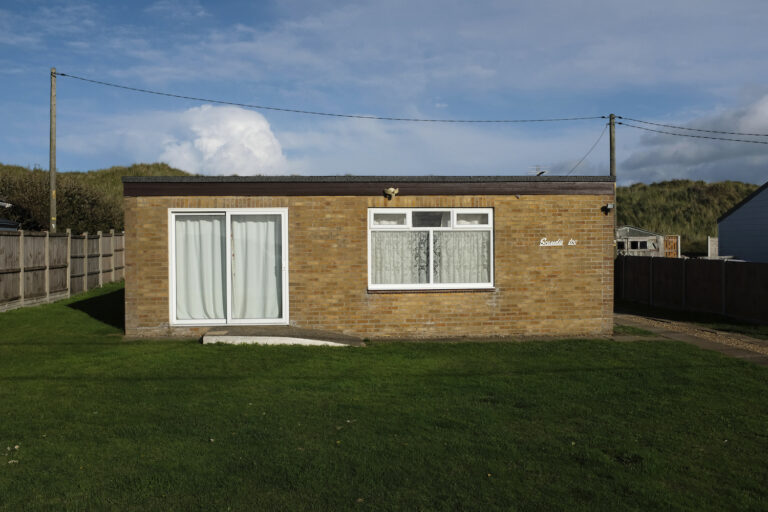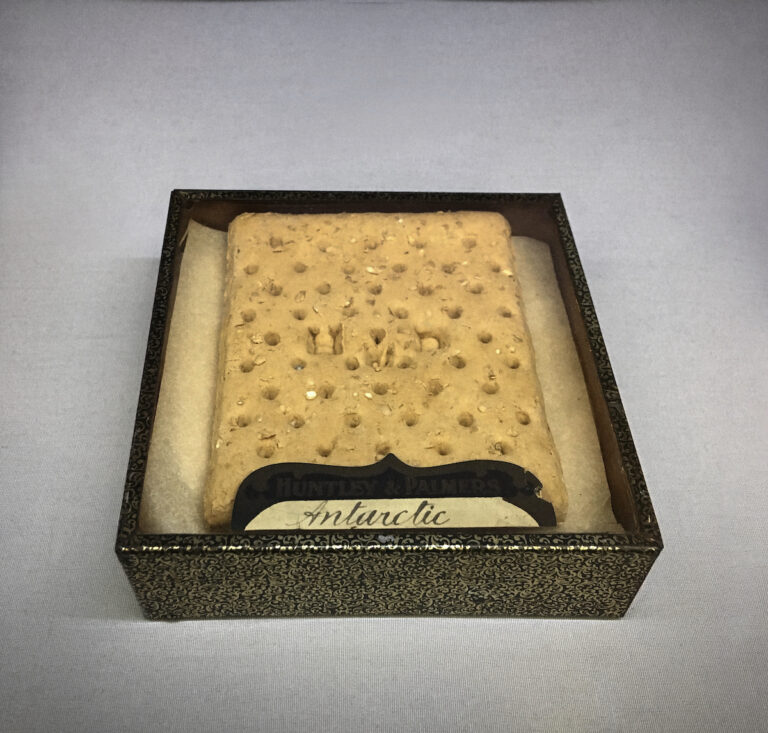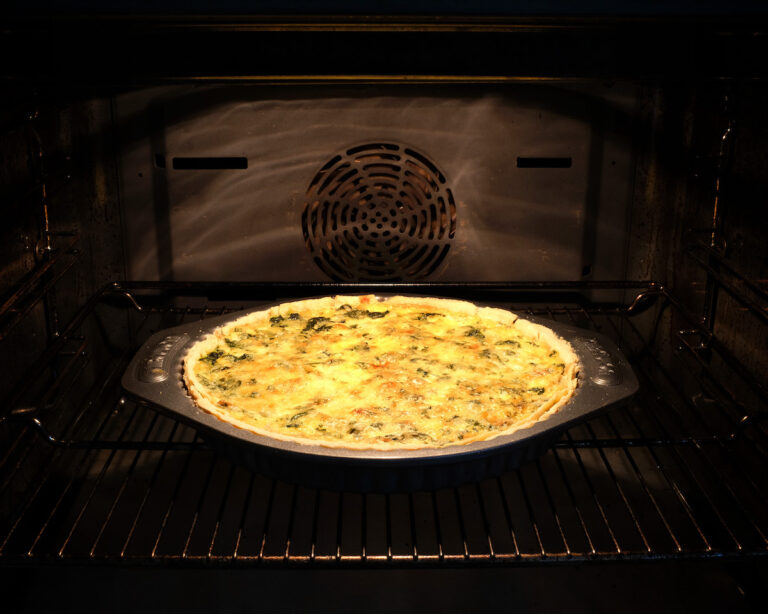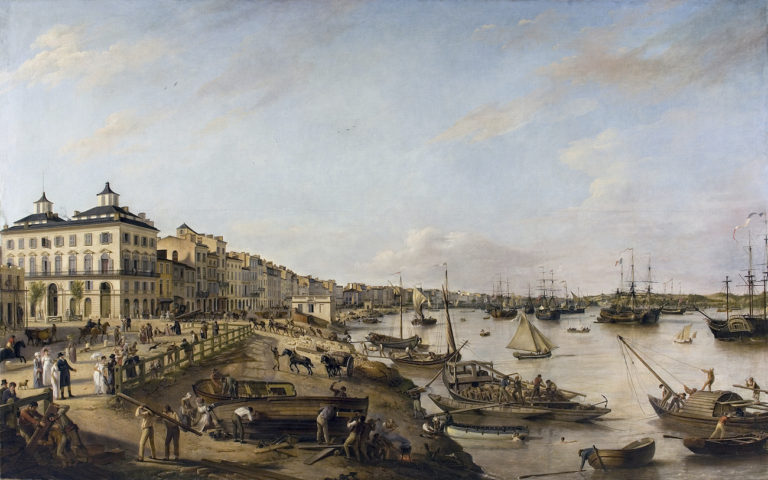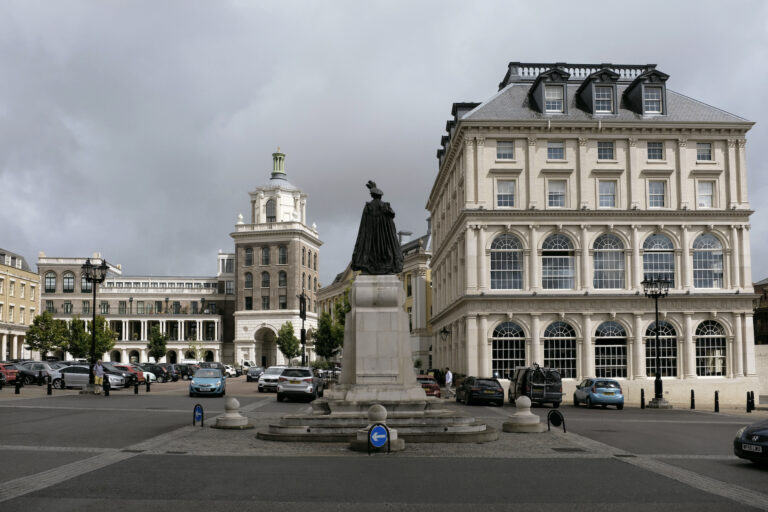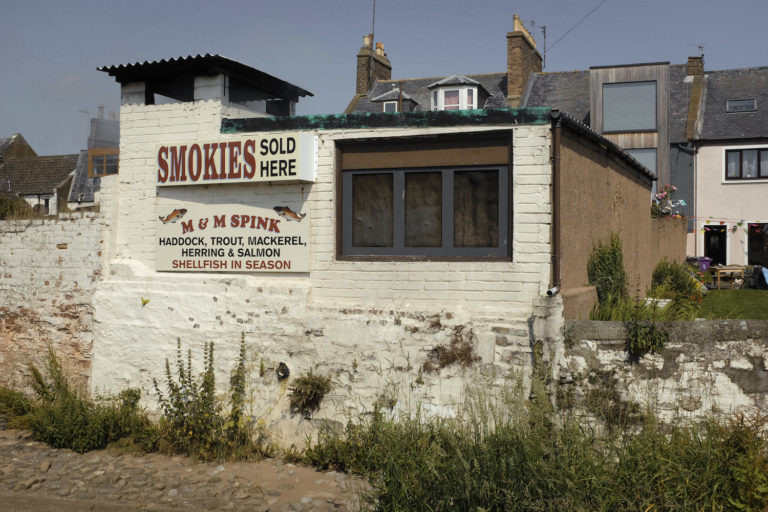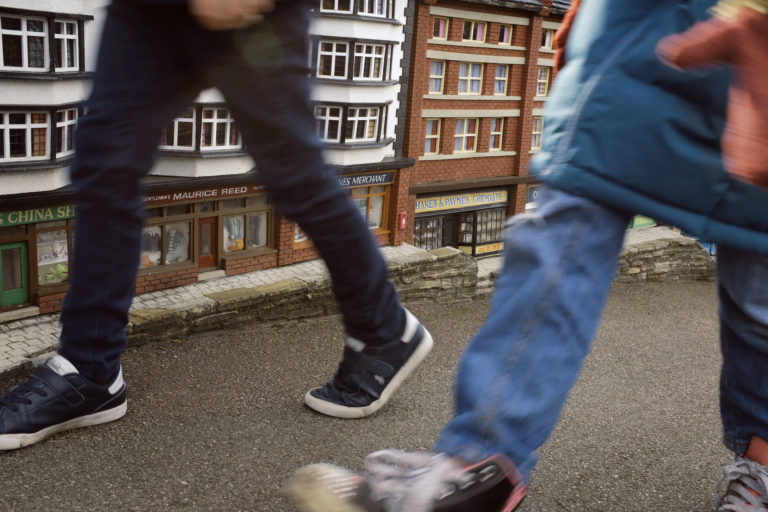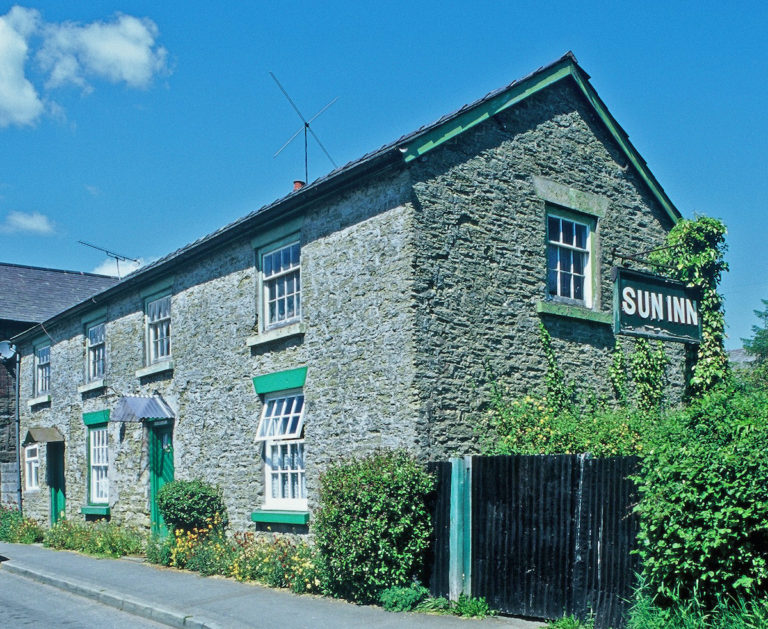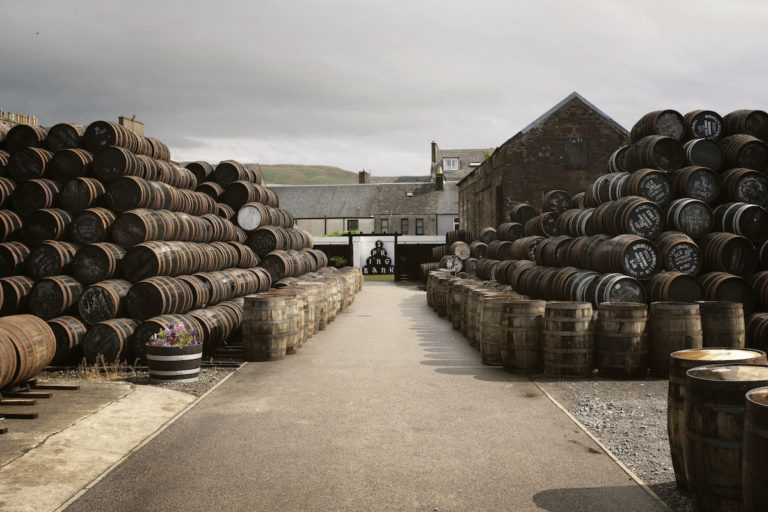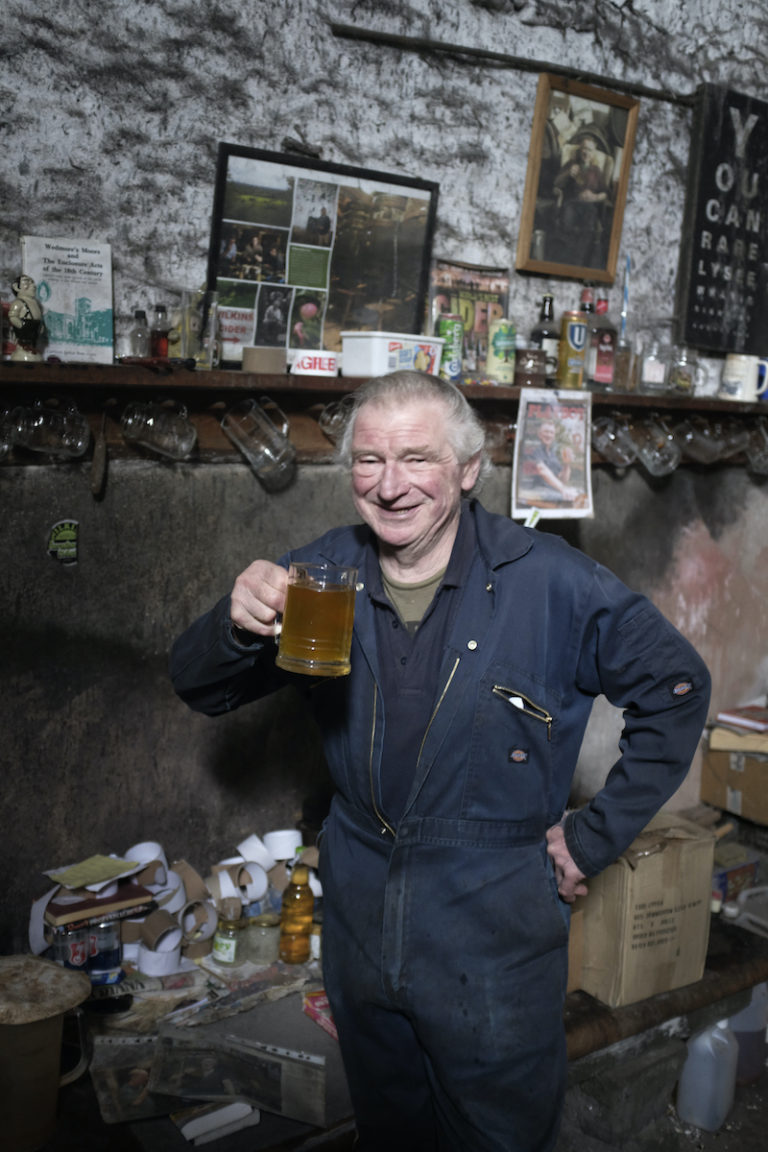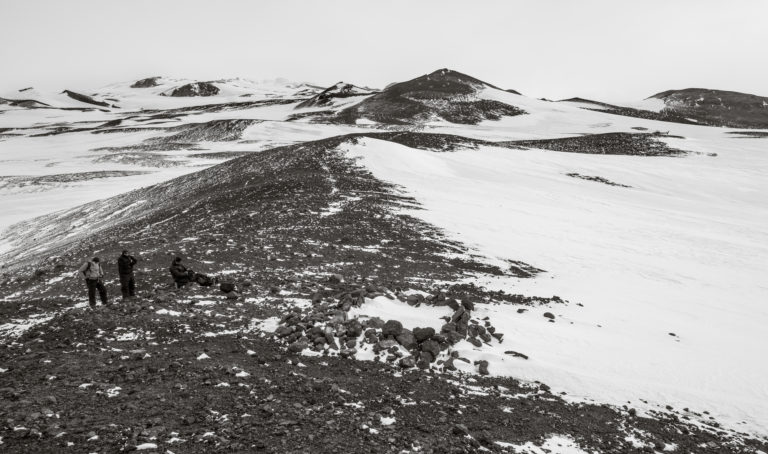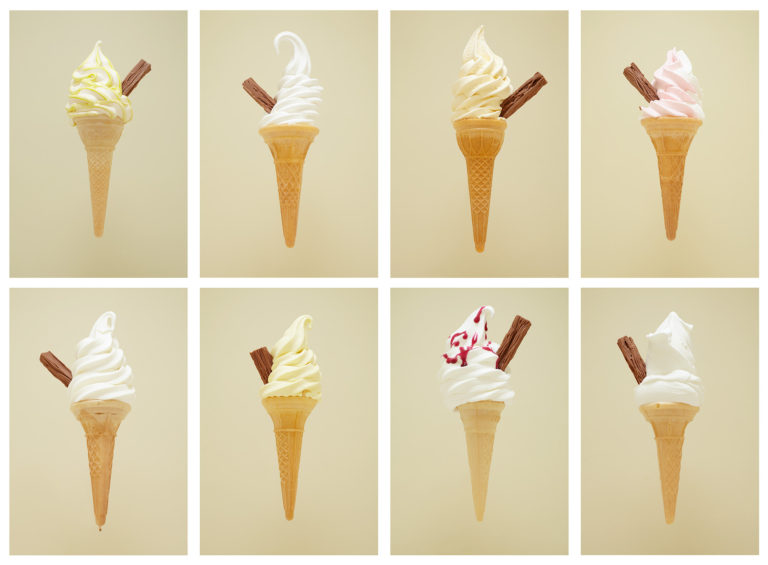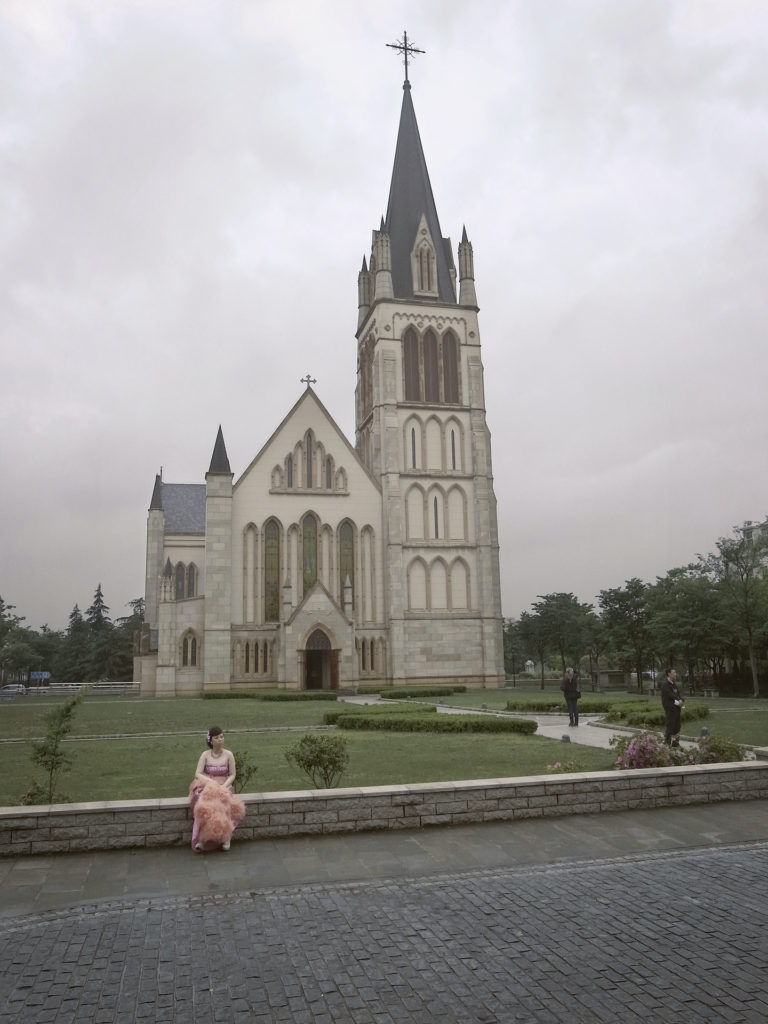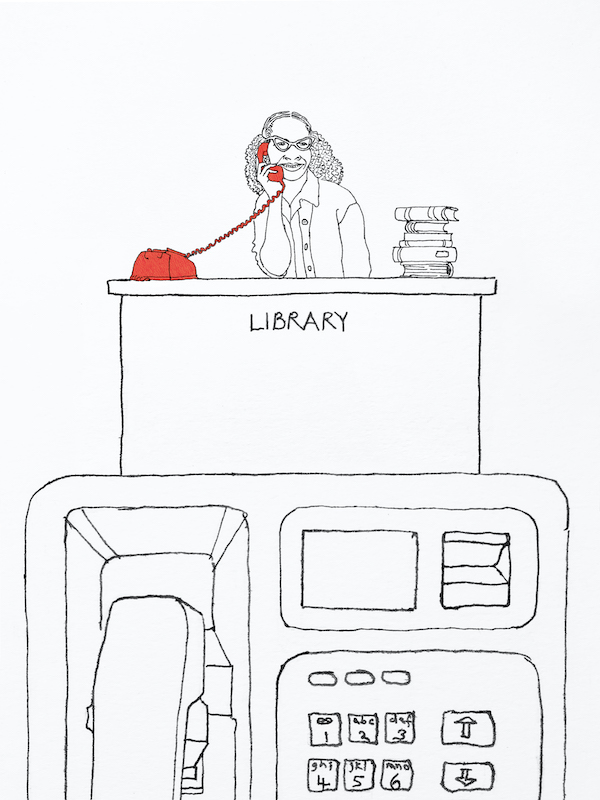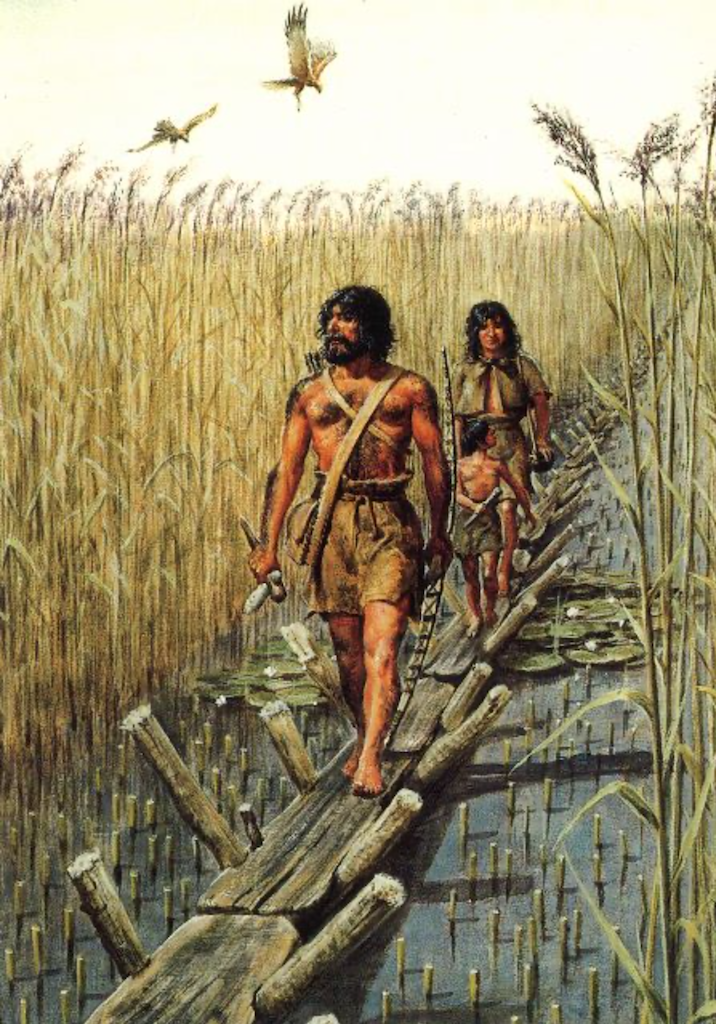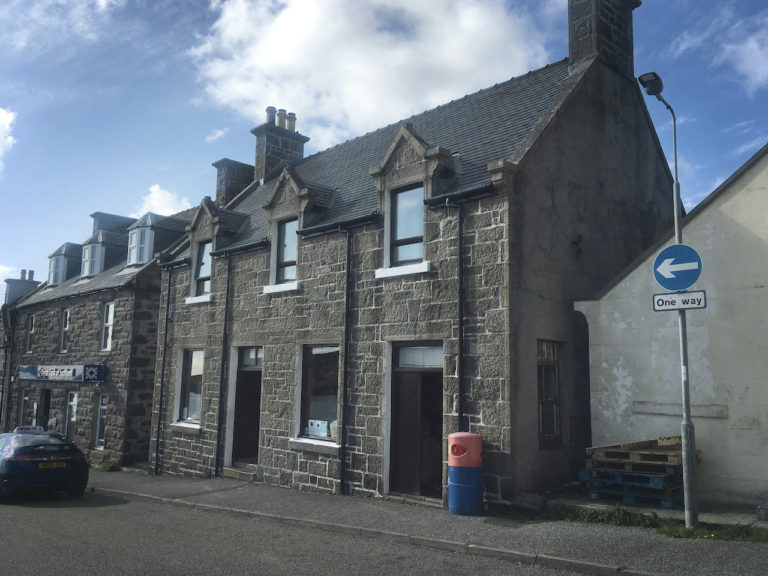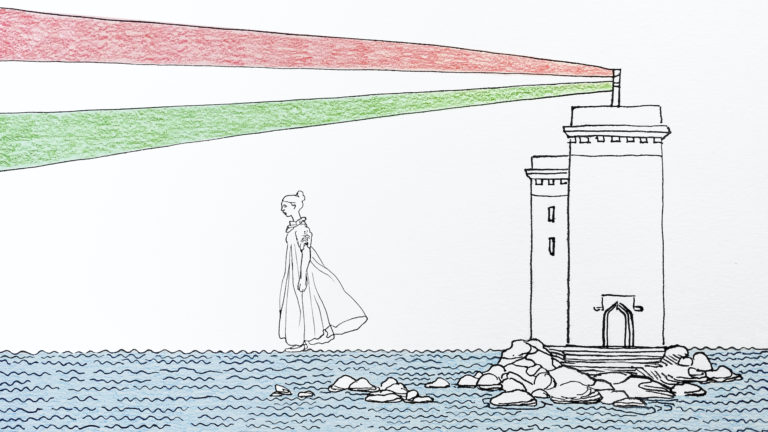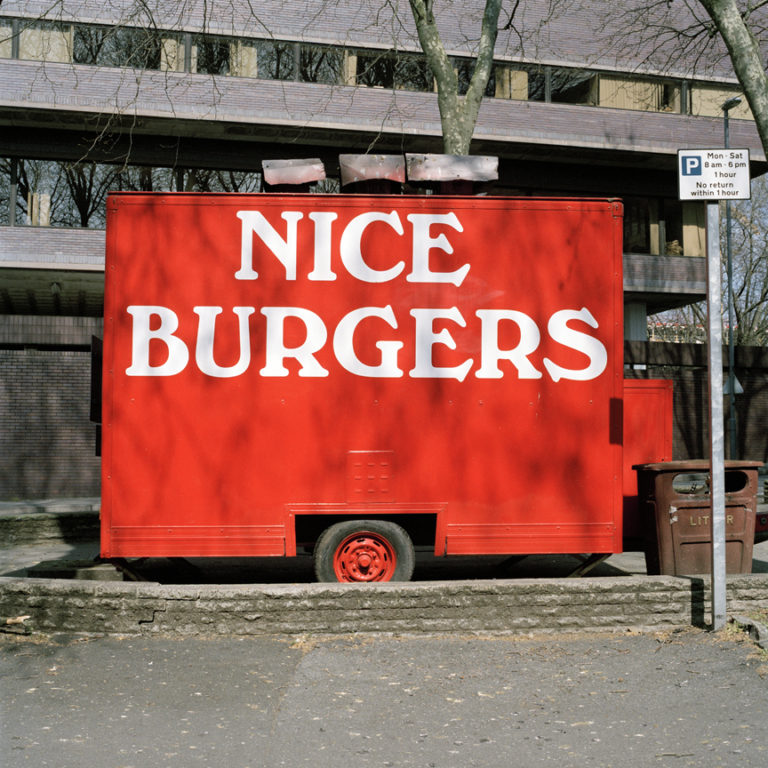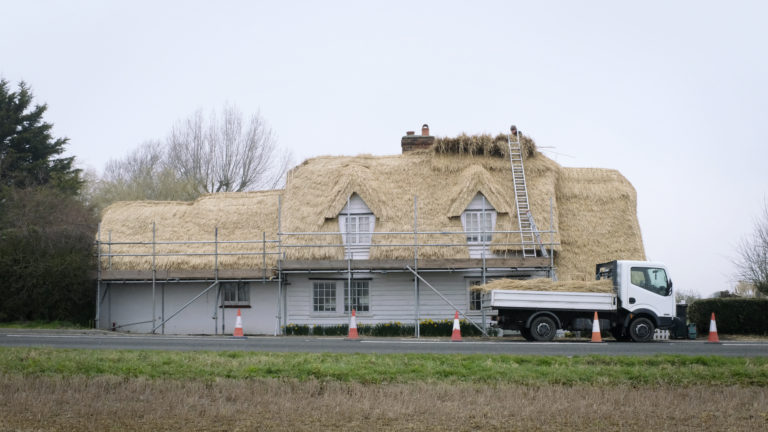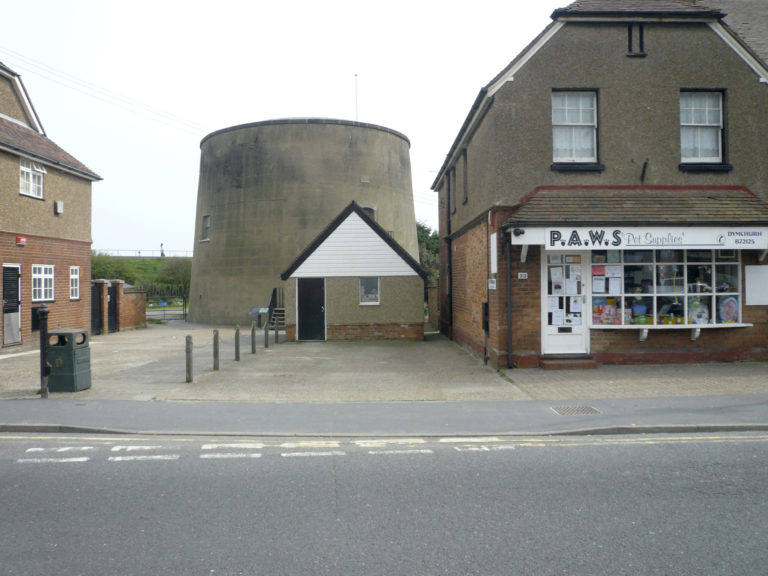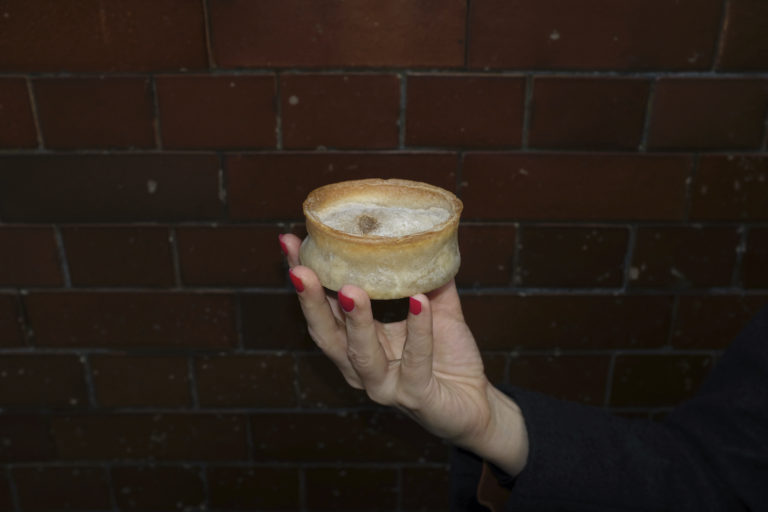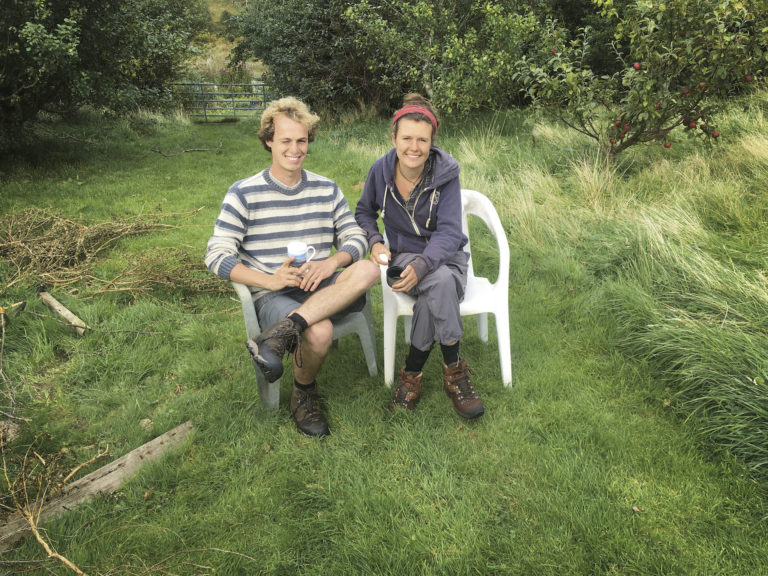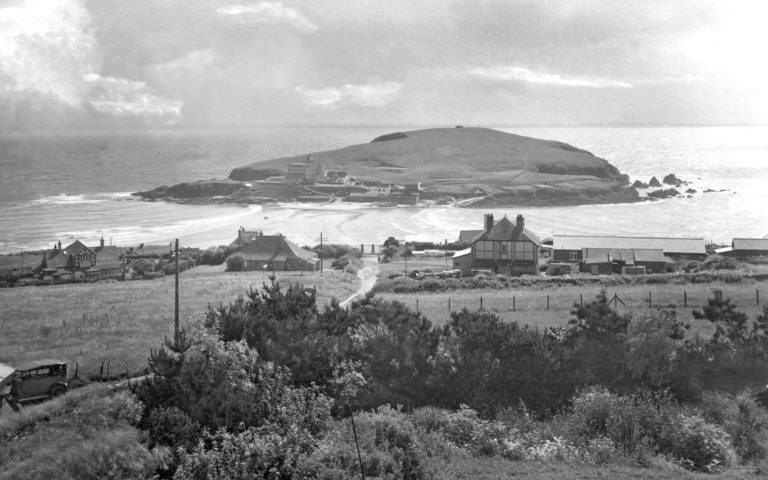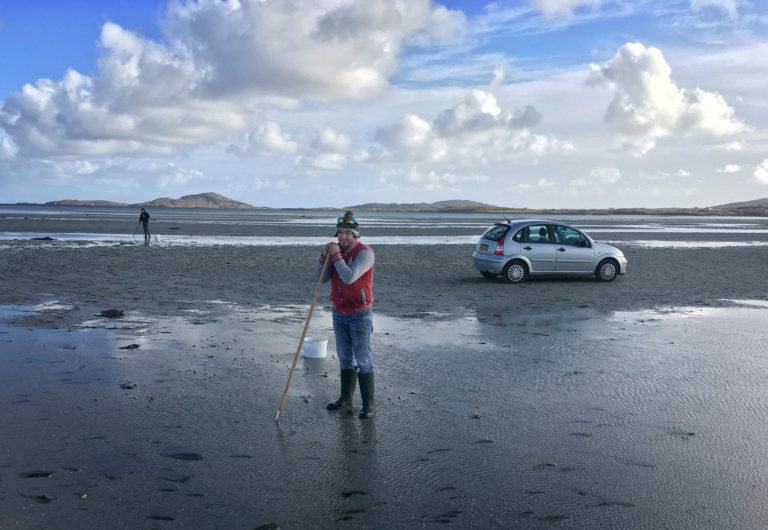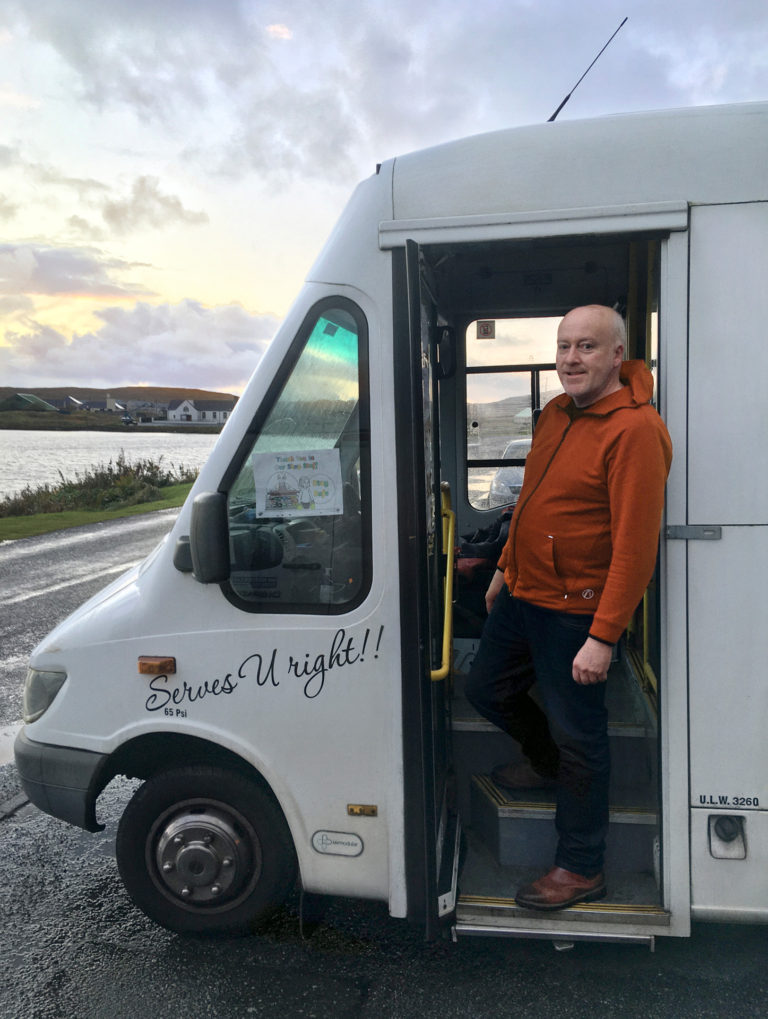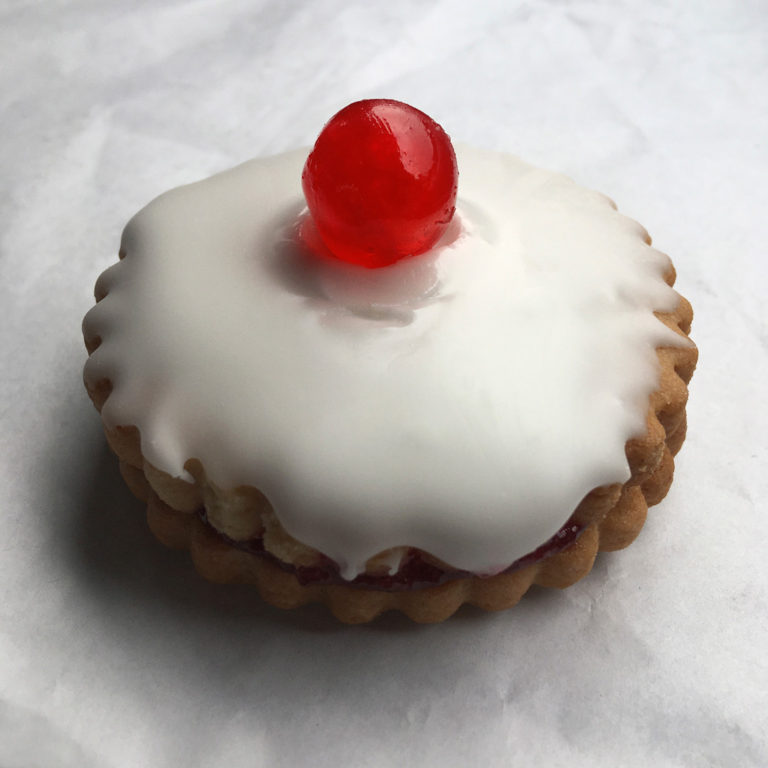GAY PUBS I Royal Vauxhall Tavern, London, England
350 years of cross-dressing at a south London boozer
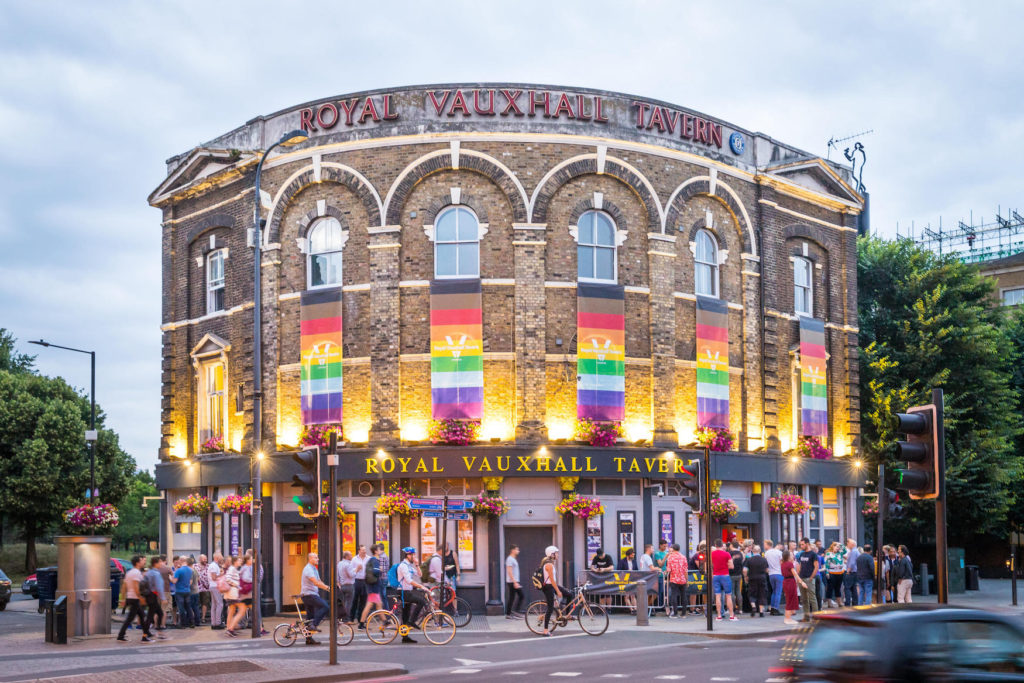
Vauxhall Pleasure Gardens
Tucked in amongst the ring roads of Vauxhall and the MI6 building is a small park that was once the site of the world’s first pleasure gardens. Vauxhall Pleasure Gardens infamously serviced the capital from 1660 ish until 1859. As the BBC says, ‘seen in Netflix’s Bridgerton, Vauxhall Pleasure Gardens was once at the heart of the capital’s nightlife and a centre for scandalous liaisons and secretive assignations.’ Painted by Hogarth and Canaletto, visited by Casanova and the Prince of Wales, pleasure gardens were a way of escaping the dirt and dank of Georgian London. Back then this was 12 rural acres on the outskirts of the capital.
The Museum of London describes them as ‘a place where the glittering world of wealth, fashion and high culture showed off its seedy underside; where princes partied with prostitutes, and the middle classes went to be shocked and titillated by the excess on display’. The gardens had the UK’s first bandstands and cocktails, a Turkish tent, fireworks, tightrope walkers and hot air balloons floating off over London. Egalitarian, glamorous, scandalous and in places a bit seedily debauched? Sounds great!
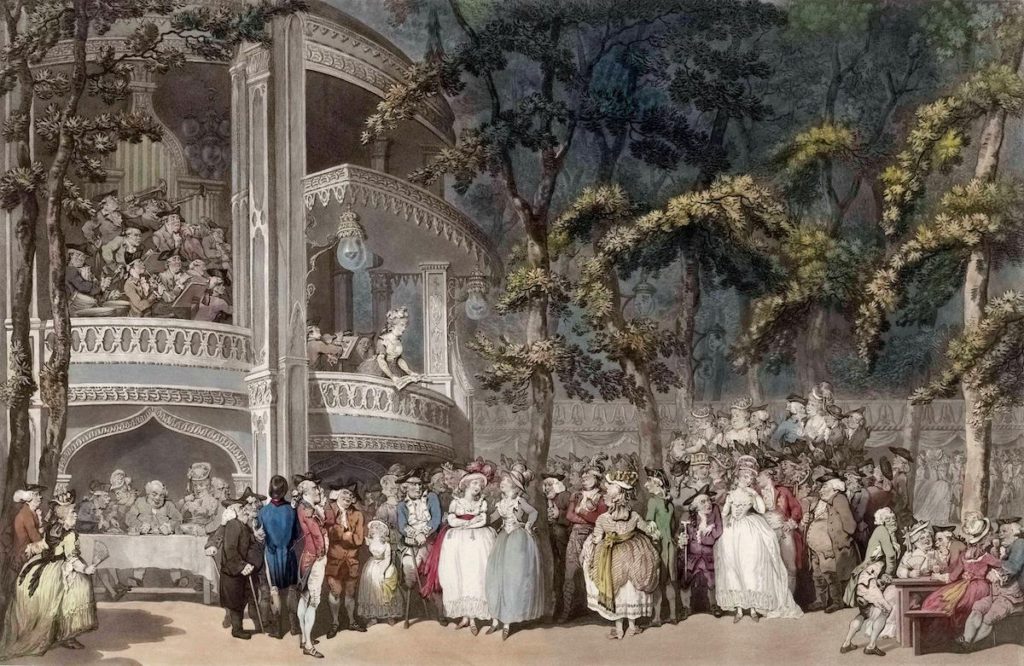
Gay Hang Outs
By the late 1850s, people had moved on to other pastimes and maybe Victorian propriety had kicked in. The gardens were replaced by stolid Victorian housing and the Royal Vauxhall Tavern was built as the corner pub at the apex of two streets. As far as anyone knows it had a quiet existence until LGBTQ+ significance came in the 1940s. The housing was knocked down in the 1970s, making the pub a bit islanded but a beacon of some sort. According to Alim Kheraj in his book Queer London, the original gardens had ‘unlit dark walks serving as an old fashioned cruising ground’.
In previous centuries Bishopsgate, St Paul’s and Sodomites Row near Finsbury Square also attracted men looking for sex. Molly Houses was the term used for gay meeting places in coffee houses, taverns and ale houses. Drinking places have always been important for a gay community on the run from the law. To some degree pub architecture must have helped, Victorian ‘snob screens’ and obscurely glazed windows hid drinkers from prying eyes. The Vauxhall Tavern now has one large room but it used to be divided, with sections for gays and straights. It also has several iron columns which quite possibly come from the original gardens, so good for dancing around in the 17th or the 21st centuries.
The Law
If anyone needs reminding, homosexuality was only legalised in 1967. Up to that point, there was always the chance of gay pubs being raided. Steve Ellis who ran some nights at the RVT, and first visited in 1966, has said that for many ‘it was their only chance to be gay because of the rules and regulations and the law’. If you are straight it might feel like a no go area but for the gay community of old, the whole world outside the RVT was a no go, steeped as it was in homophobia. Once safely inside you were in a space full of panache and cheer which presumably was a stark contrast.
The tavern remained a working class community pub, more so than some gay venues. Funerals, birthdays and Xmas day drinks were held there but to some degree it was still a bit of rough. Ever since the buggery act of 1533, places for gay men and women to congregate tended to be hidden in downbeat areas. Despite de-criminalisation, the pub was still raided by police wearing rubber gloves during the height of the aids pandemic. This was a time when regulars did a huge amount of work helping early victims of HIV, as Paul O’Grady, aka Lily Savage, has said, ‘We were the Vera Lynn’s of south London!’. Despite the tough rep of the early days, gay pubs do tend to have less of a social or racial divide, clientele are united by having fun and by sexual preference.
Drag
In pre-Grindr days men would go to gay saunas, cruise Hampstead Heath or cottage in public lavs but the RVT has always been about more than just sex, it’s also known for performance. Drag shows have been popular since WW2, for example the famous drag balls at West London’s Porchester Hall. Men dressing up as women has become increasingly mainstream with the likes of Dame Edna Everage and more recently Ru Paul.
Where do gay women fit into all this cock and ball action? Amy Lamé is the Mayor of London’s ‘Night Czar’, in charge of championing the 24 hour city, she is also the co-founder of Duckies; a queer heritage, performance, art, rock ’n’ roll honky tonk night, running at the RVT for the last 20 years. Alim Kheraj has said that ‘the Pleasure Gardens hosted masquerades that drew many cross dressers’. Molly dressing, as it was called in the 18th century, was the equivalent of drag and the gardens featured cross-dressing military musical groups. Wow. They were also frequented by butcher John Cooper, otherwise known as Princess Seraphina, the first known cross-dressing man. To some degree, the RVT has come full circle.
Heritage
Interesting as all this history is, by 2014, the pub was threatened by the sale of the freehold and the RVT Future group came together to try and protect it. The group secured Asset of Community Value status and a grade two listing in recognition of its importance to the LGBTQ+ community. Ben Walters’ listing application says it’s the UK’s ‘oldest continually operating site of lesbian, gay, bisexual and transgender socialising’. It’s a listing in a similar vein to that of the Beatles childhood homes or Brixton’s Caribbean covered markets and has ‘significant meaning for a British minority community’. It’s also hopefully a turning point in how society views the spaces of those ‘sexually alienated from mainstream society’. The grand country houses of the great and the good are important but Britain has a more interesting diversity than that.
The Future
It’s said that one night in 1988 Freddie Mercury, Kenny Everett and Princess Diana visited the Royal Vauxhall Tavern with her highness disguised as a man under some borrowed military and leather garb. She managed to order a pint and a white wine without being detected. Would she now need to dress up? Homosexuality has become more mainstream since Julian Clary and Paul O’Grady MBE learnt their ropes at the RVT, the pub has received funding from the Barbican, Battersea Arts Centre and the National Lottery.
They still do a lot of community fundraising such as the charity sports day, held since 1982, which includes a competitive male strip, drag relay race and handbag throwing. The architectural historian, Edmund Bird has said that ‘Anchors from the past are crucial to maintain a sense of belonging and identity in a community.’ This building is still a business though and even before Covid, pubs were closing at the rate of 31 per week. Alarmingly the RVT is currently listed for sale with posh London estate agent Savills, hopefully its future is safe but it might have to keep fending off the London property boom for a few more years yet.
Watch some 1960s drag at the RVT here
Read Ben Walters’ wonderful listing application here
The Bishopsgate Institute has a huge LGBTQ+ archive worth exploring
Pick up a copy of Queer London here
Check the RVT events diary here
